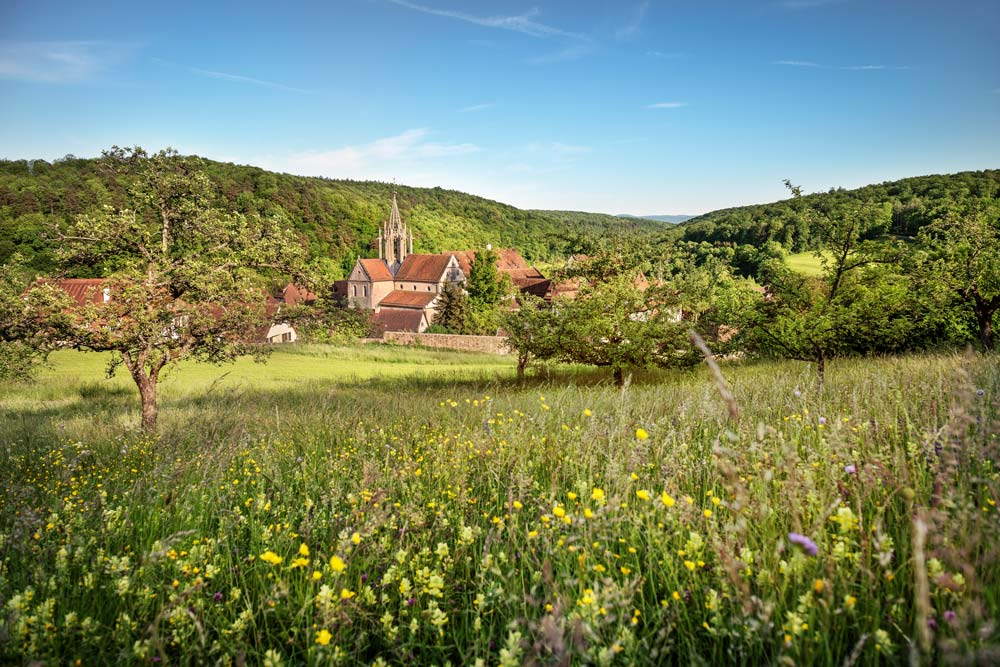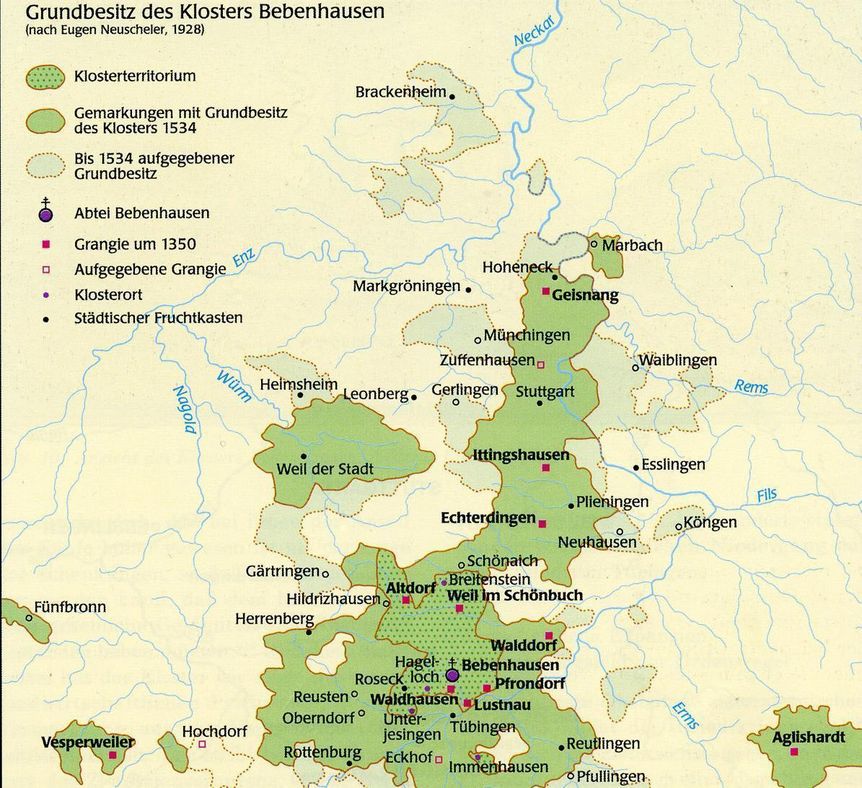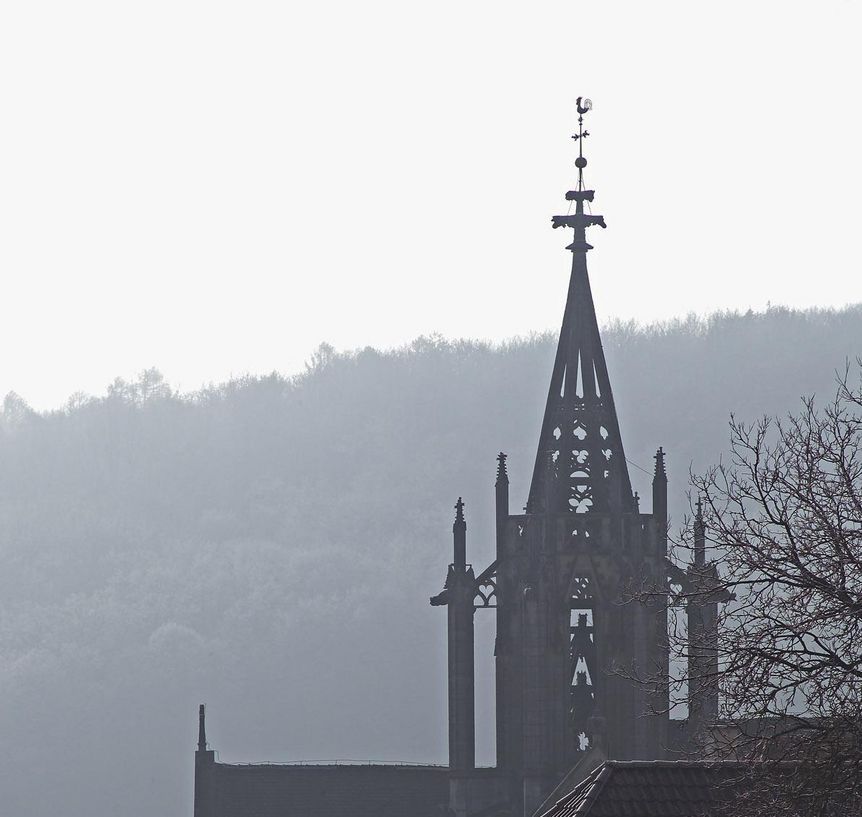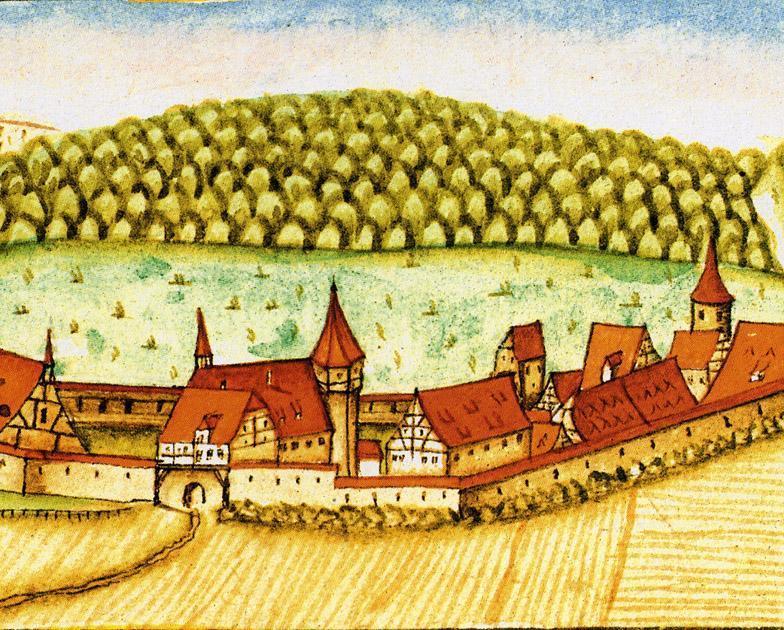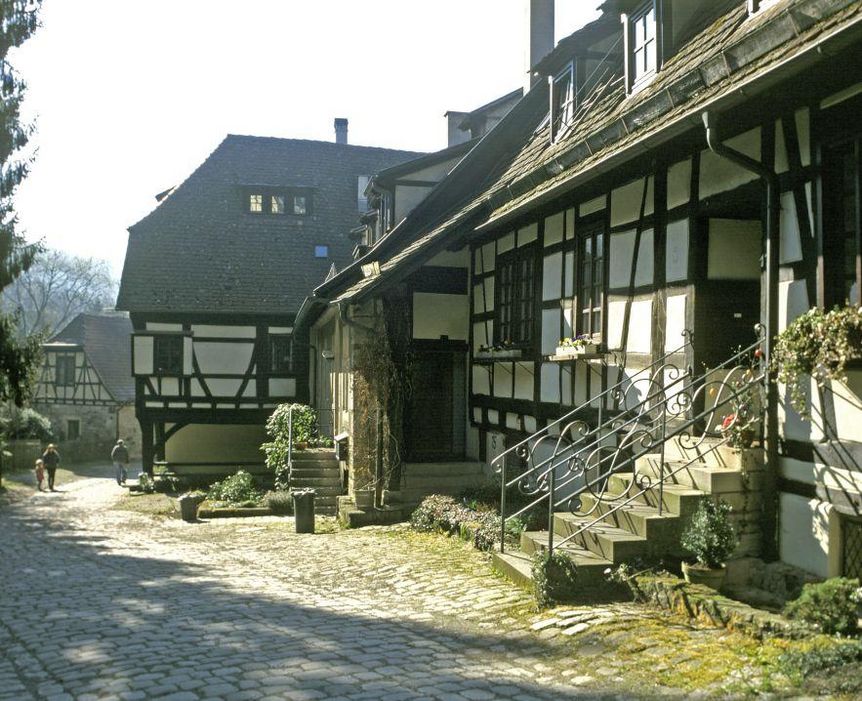Successful cultivation and lively tradeFarmingwith monks
Through gifted and purchased land, Bebenhausen Monastery was able to acquire adjacent parcels of land. The intensive farming of the Cistercian monks and trade in the cities contributed to making Bebenhausen one of the richest monasteries in southern Germany.



